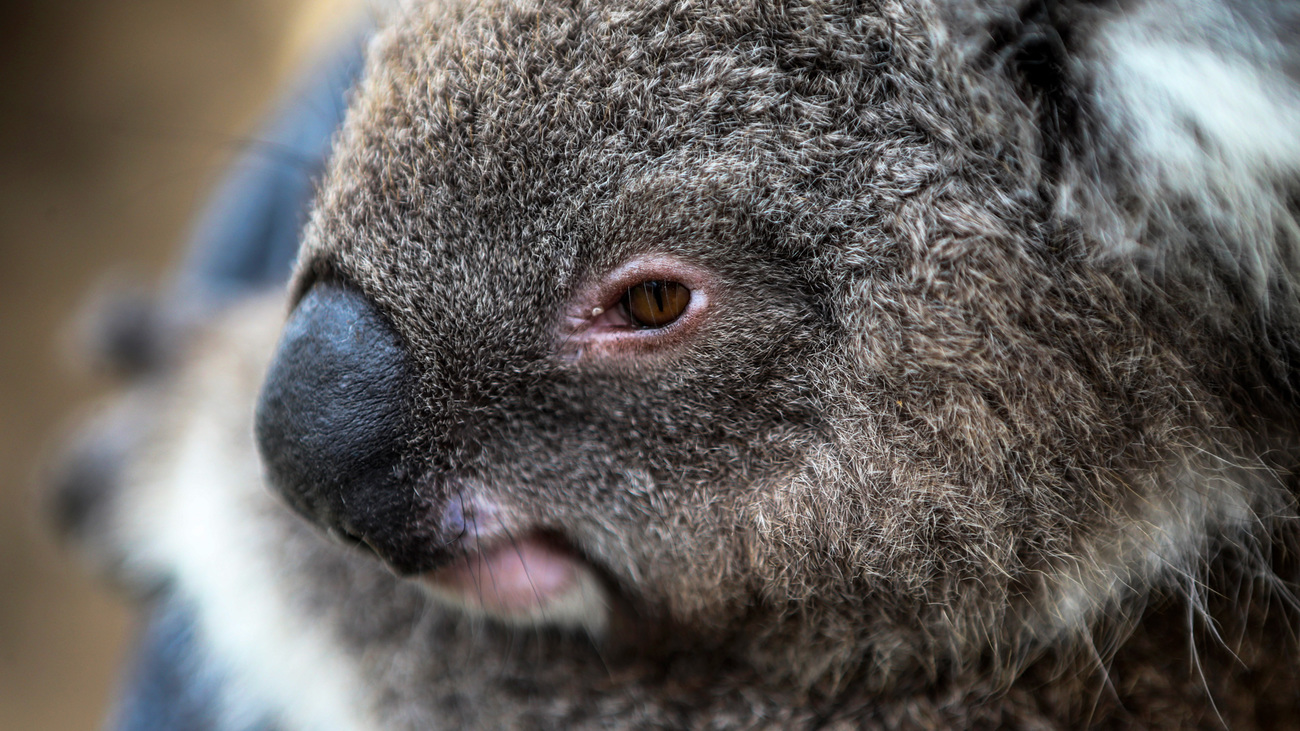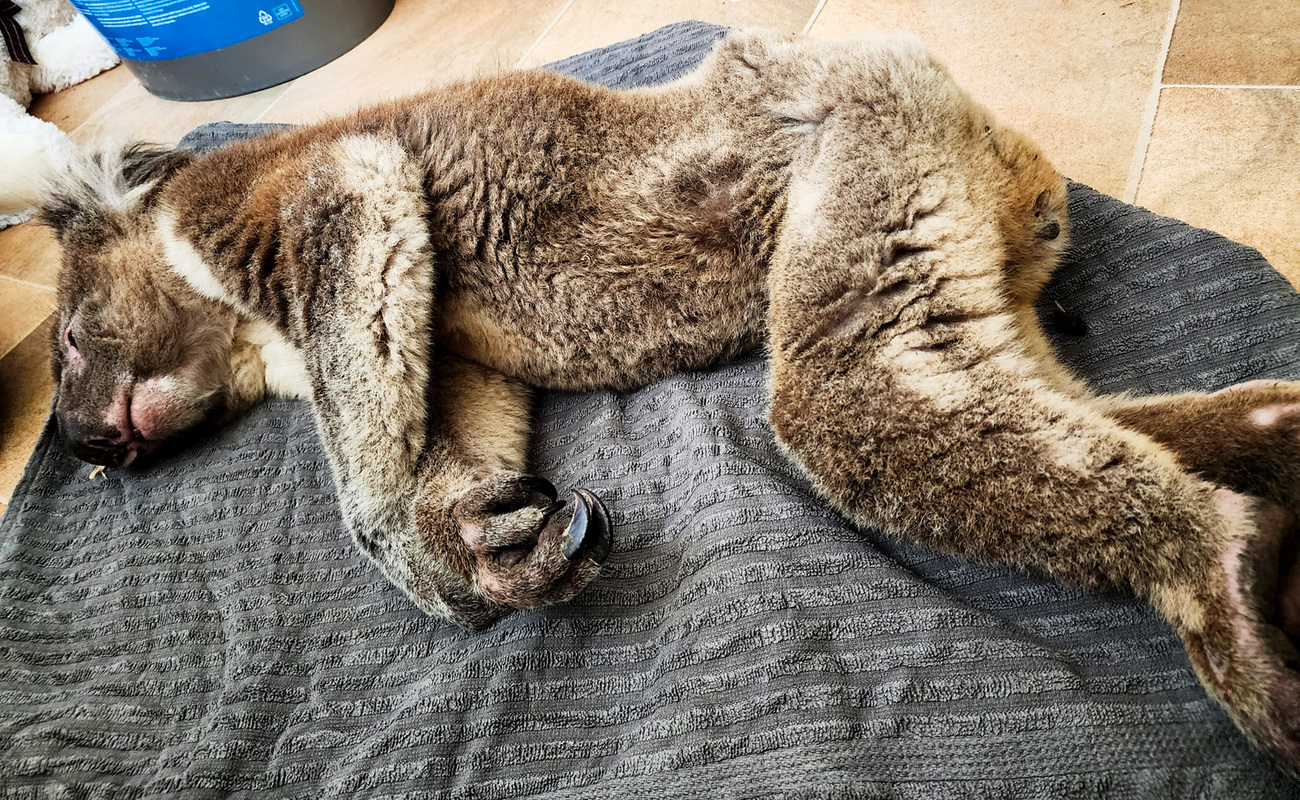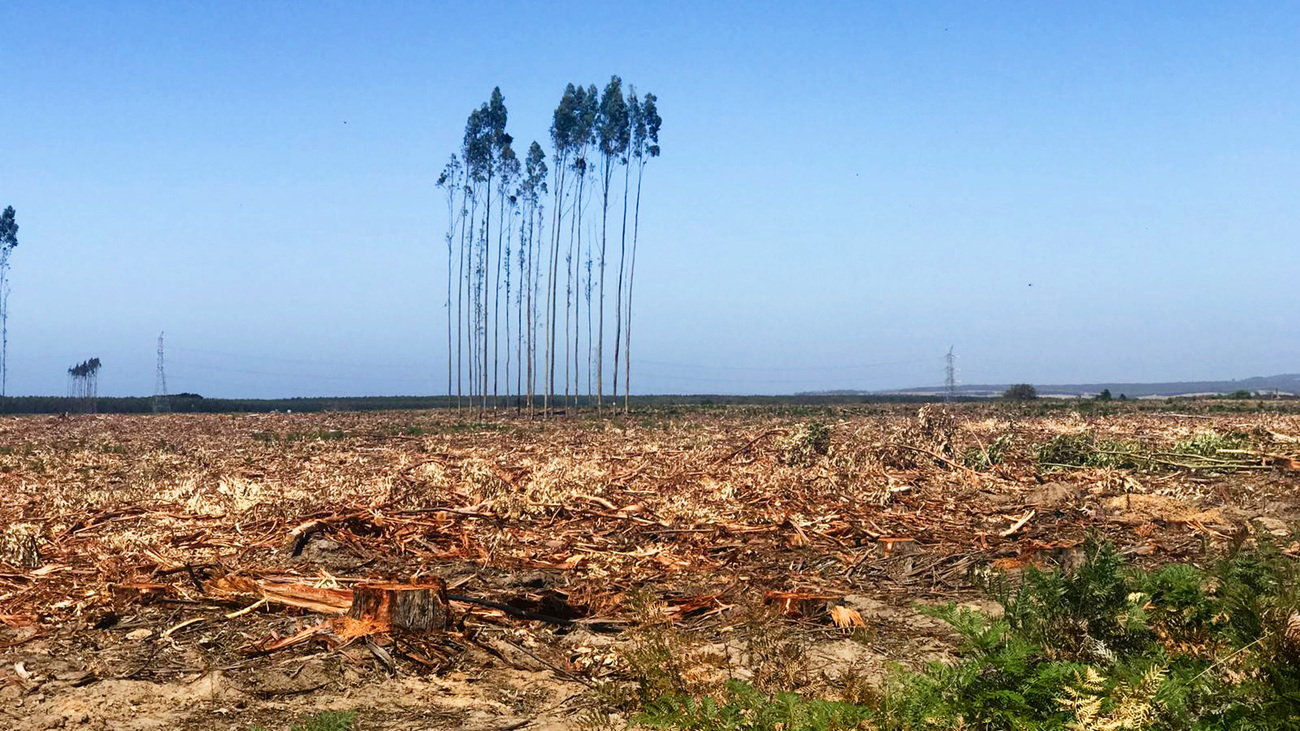Josey Sharrad
Victoria’s shameful secret: the hidden crisis facing koalas
Victoria’s shameful secret: the hidden crisis facing koalas
Australia has a koala emergency. Koala populations along the east coast of Queensland and New South Wales (NSW) are plummeting towards extinction and are on the country’s endangered species list. Populations in Victoria and South Australia, despite not being officially endangered, face shocking decline.

The root cause in both cases is the same—habitat loss. But the symptoms are vastly different. In Queensland and NSW, koalas are scarcely seen because their habitat is so fragmented, driving down their numbers.
Further south, numbers only tell half of the story. Particularly in Victoria’s southwest, koalas can easily be spotted. But many are starving and emaciated. Thousands of others are living in swathes of private blue gum plantations, where they’re at risk of death every single day.
Recent headlines shone a spotlight on hundreds of koalas who were euthanized through aerial shooting following a fire that ripped through Budj Bim National Park, a World Heritage Site.
However, this tragic intervention shows only the tip of the iceberg—an underlying chronic welfare crisis that has been unfolding in this region for decades.
How did we get to this point?
Koalas were hunted to near extinction in the 1900s for their warm, waterproof fur, with millions of pelts being shipped to the US, UK, and Canada to make hats and gloves. It was only when the US finally banned the import of koala fur in 1927 that this cruel and unsustainable trade was stopped.
This dark period in the history of this iconic species left a tragic legacy that has shaped koala conservation for the past century.
One threat replaces another
In Queensland and NSW, koala populations never fully recovered—largely due to the impacts of habitat loss and fragmentation. The species was listed as vulnerable by the Australian government in 2012 and uplisted to endangered in 2022.
In Victoria, it was a different story. As populations slowly started to recover in the wake of the mass killings, koalas were faced with a different threat—large-scale land clearing for agriculture. Native eucalypts were chopped down to make way for huge patchworks of farmland. This forced koalas to live in high densities in diminishing pockets of remnant vegetation and national parks, with food scarcity and fierce competition leading to over-browsing of feed trees.
Because koalas were seen in large numbers in some areas, this created a perception of ‘over-abundance,’ and in some places led to a range of management approaches, including translocations, culls, and fertility control trials. These measures ignored the real issue—the lack of koala feed trees and habitat connectivity.
Blue gums—a fatal attraction
In the 1990s, the landscape transformed yet again. Farming yields were low, and the promise of a more lucrative industry came along—blue gum plantations. Southwest Victoria’s rich agricultural soil and high water table offered perfect growing conditions for Tasmanian blue gums (Eucalyptus globulus). These trees grow notoriously quickly, making them highly profitable, yielding vast piles of woodchip and pulp to ship overseas for paper products. The region now bears thousands of hectares of blue gum plantations.
Every year, about two million tonnes of wood chip are shipped to pulp and paper manufacturers in China and Japan. These paper products are then traded internationally, including to the US and Australia, to unsuspecting consumers. Most buyers are unaware of this shameful secret that taints paper production.
No-one could have predicted that koalas would move into these plantations on the scale they did.
As their native habitat disappeared, koalas faced a housing crisis. So, when blue gum saplings grew into tall, skinny trees, they offered an attractive sanctuary for thousands of koalas seeking refuge.
For a time, these koalas thrived. But this utopia was soon shattered when harvesting machines cut down the trees they had made their new homes. Koalas are notoriously hard to spot with the human eye. They are small, grey balls of fur the size of a football, camouflaged against the gum trees’ silver colour. This inevitably led to koalas being injured and killed.

Fighting for koalas’ lives
As this tragedy occurred on private land, it remained hidden from the outside world for a while. But wildlife rehabilitator Tracey Wilson from Mosswood Wildlife started seeing animals with horrific injuries including broken limbs, impact wounds, severed arms, and dead koala mothers with joeys still alive in pouches.
She appealed to the government and the plantation industry, to no avail. In 2012, at a national koala conference, she told her story to a stunned room of fellow rehabilitators and researchers. Since then, IFAW has supported Tracey in her mission to expose and address this travesty.
The story made national and global headlines in July 2013 after concerned blue gum workers blew the whistle with damning footage of koalas being killed and injured, sending ripples through the industry.
In 2014, IFAW co-drafted a code of conduct for koala management in forestry plantation. One year later, a set of guidelines was adopted by the plantation industry. But these measures were not mandatory.
In 2017, IFAW called on its global supporters to put pressure on the Victorian government to protect koalas in blue gum plantations. Over 60,000 emails were sent to the environment minister—finally prompting progress.
The government introduced regulations, including mandating that koala spotters identify koalas on site prior to harvests. But this is not fool proof, as koalas are notoriously hard to spot even by trained professionals.
It also only addresses half the problem, failing to require companies to retain or provide habitat for koalas to live in once their trees are cut down. As a result, koalas are escaping into neighbouring national parks like Budj Bim in search of refuge. This creates a multitude of problems—unsustainable population densities, insufficient food sources, and over-browsing of vegetation which exacerbates the risk of fire.
This is not a problem that rests solely on the shoulders of the harvesting industry. But they do need to take some responsibility. They have a moral obligation to offset the damage they are causing by investing some of their lucrative profits into providing permanent habitat and corridors, so these koalas can live and move freely.

It is also up to the government to establish stronger welfare and environmental regulations and ensure their enforcement.
Until then, it is sadly left to volunteer rehabilitators like our partner Mosswood Wildlife to deal with the fallout.
Koalas are running out of time
With these iconic animals disappearing before our eyes in NSW and Queensland, Victoria’s koalas may hold the key to the future survival of the species.
The Victorian government did the right thing by banning native forest logging last year, but reform needs to go much further. We need a new, broad, radical landscape approach. Significant areas of land need to be preserved and protected, trees replanted, and wildlife corridors built to enable these koalas to move freely across the landscape. This is the key to a future of peaceful coexistence with these animals.
That is why we are calling on you again to take action—we need an urgent parliamentary inquiry into the ongoing crisis facing southwest Victoria’s koalas. Please sign the petition and share with others.
Related content
every problem has a solution, every solution needs support.
The problems we face are urgent, complicated, and resistant to change. Real solutions demand creativity, hard work, and involvement from people like you.